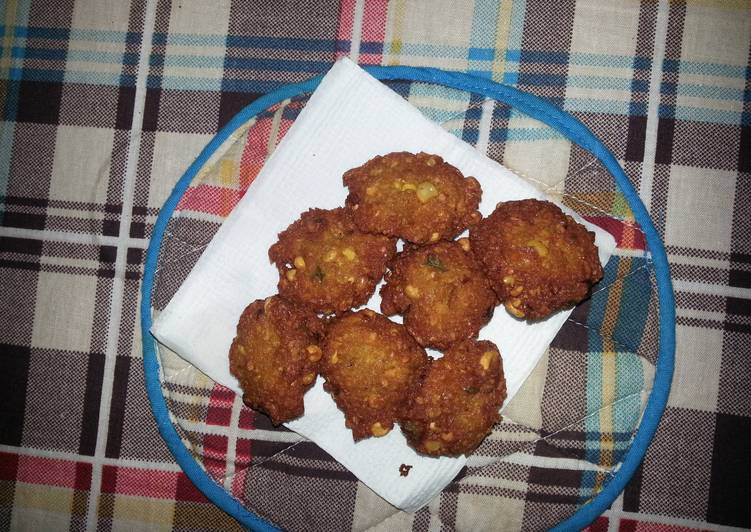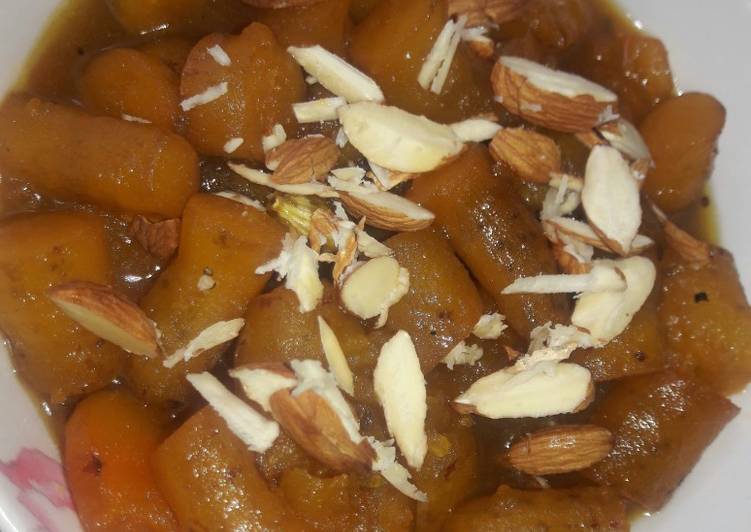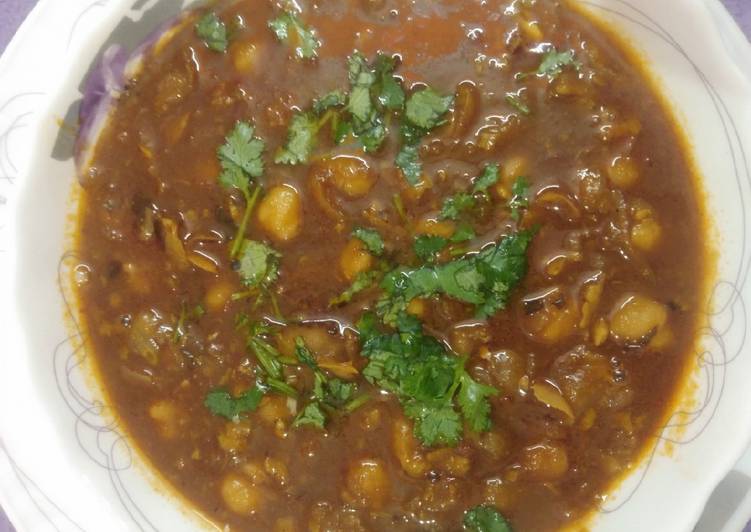Hello everybody, welcome to my recipe page, if you're looking for Vadai recipe, look no further! We provide you only the best Vadai recipe here. We also have wide variety of recipes to try.

Before you jump to Vadai recipe, you may want to read this short interesting healthy tips about {The Simple Ways to Be Healthy. Getting A Healthy Eater
Healthy self esteem originates from the environment found in thefamily, school, peer group, work place, and community. There are particular aspects of your surroundings which need to be current in order for self esteem to be sabotaged and develop.
The principal component of a healthy environment for self esteem is it should be nurturing. It should offer unconditional warmth, love, and affectionate. It needs to give the realization that other people are known as deserving to be cultivated, reinforced, honored, and ensured to.
Healthy environment for self esteem absorbs messages of warmth, loving, and affectionate by bodily touch, meeting the survival needs of food, clothes and shelter, and offering a sense of equilibrium and order in life.
A healthy environment for self esteem should offer approval. It will realize the other people see each other as deserving individuals that possess a unique set of personality traits, skills, abilities, and competencies making them special. Acceptance empowers people to build relationships with others, nevertheless keep healthy boundaries of individuality within themselves.
At the healthy atmosphere for self esteem should be good communicating, everybody should be heard and responded to in a healthy way to ensure healthy problem solving can be possible. Appropriate giving and receiving feedback will be encouraged and rewarded.
That recognition and acceptance should not be based upon the condition that they must first conform to a prescribed standard of behavior or conduct. That can be unhealthy. Unconditional recognition and acceptance provided in the form of support enables people to reach their greatest potential.
The healthy environment for self regard ought to be clearly defined and enforced limitations known to people with no hidden tricks or manipulation. Limits allow individuals to recognize their duties and also to chart their path of behavior in a rational way.
Respect and latitude for human actions within the specified limits of the healthy atmosphere for self esteem should be present also. This encourages individuals to use their creativity, ingenuity, and creativity to be productive within the recognized structure. Limits that suppress identity can cause a slow focus, with people becoming stunted and handicapped in the usage of the personal abilities, abilities, and tools.
At length, healthy atmosphere for self esteem ought to be bonding, that’s the physical/emotional phenomenon between people and others in their own surroundings. This is necessary for the growth of healthy self esteem. This entails the significant other giving unconditional love and support in addition to developing an emotional link between every other.
We hope you got insight from reading it, now let’s go back to vadai recipe. To make vadai you only need 5 ingredients and 5 steps. Here is how you cook it.
The ingredients needed to make Vadai:
- Prepare 100 grams dhal (red split lentils)
- Prepare 4 onion, chopped
- You need 5 green chili, chopped
- Use 1 salt (to the taste)
- Prepare 1/2 tbsp chili powder (can adjust to the taste)
Instructions to make Vadai:
- Keep dhal (red split lentils) in water for 2hours til soaked. Remove from water and let water drain. (Following photo will help to choose the right type of dhal)
- Grind dhal (red split lentils) partially. At the end there should be ground as well as unground dhal in the mixture (note- water content should be minimal)
- Add onion, chili powder, green chili and salt and mix well.
- Make small patties from the mixture
- Deep fry turning sides until golden brown
Thayir vadai is the South Indian variation of dahi vada. Making thayir vadai does take some time as the vadas have to be fried before assembling. Vida explores familiar familial ground from a fresh perspective to create an earnest and heartfelt take on identity and what it means to belong. Vadai (Vada) may be made from legumes, sago or potatoes. Commonly used legumes include pigeon pea, chickpea, black gram and green gram.
If you find this Vadai recipe useful please share it to your good friends or family, thank you and good luck.


